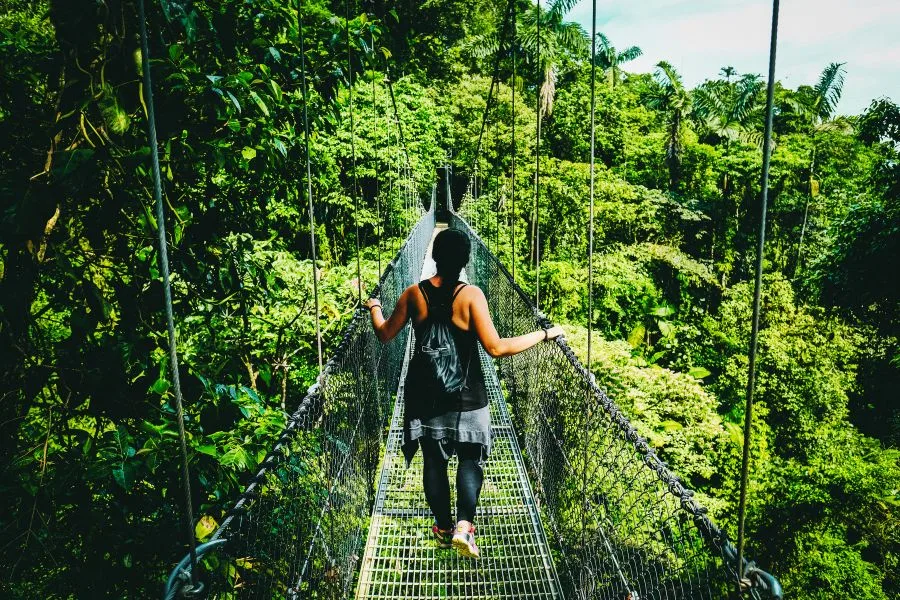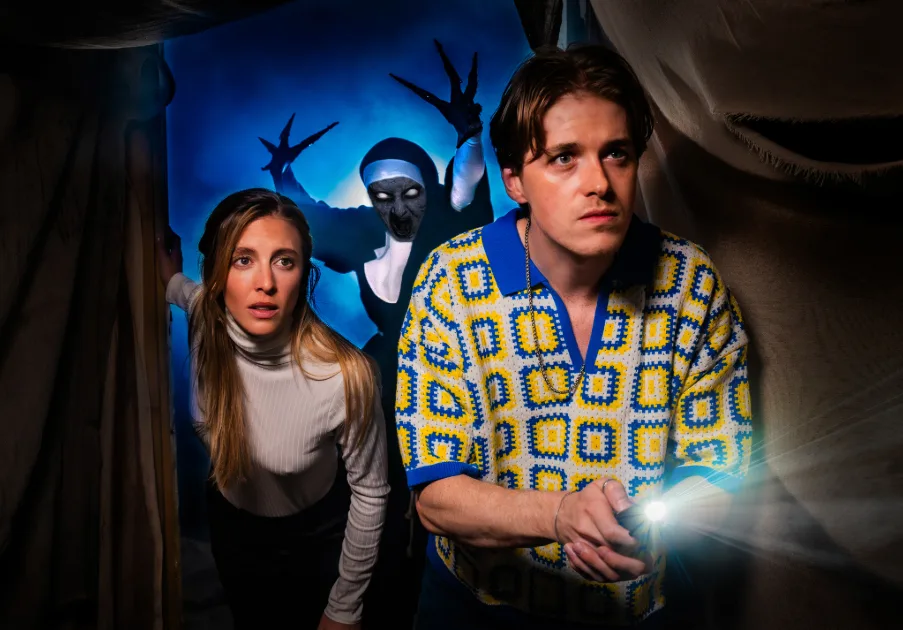The day I met my adopted baby elephant in Kenya – the legacy of Dida
Dida was just a few months old when I got to meet her at an orphanage in Kenya’s capital - Nairobi, in east Africa. I remember being somewhat taken aback by just how tiny she was in comparison to the other babies of a similar age.
She was cowering in the shadows of another orphan elephant, clinging to the tail of her friend with her tiny little foot-long trunk. She had a heart-wrenching look of sadness in her watery eyes – she had lost her parents just months before.
She was rescued from the putrid waters of a manhole on the Mzima Mombasa Pipeline in September 2007 at just one month old.

I met Dida the following June at the Sheldrick Wildlife Trust in Africa
There was a red blanket thrown over her, maybe for comfort, or possibly because June in Kenya is ‘cool’ season, as the Kenyans like to call it. Although the average daily temperature at this time of year in Kenya is still 24 degrees.
Just a couple of feet tall with smooth pot-coloured skin covered in wisps of black baby hair, she let me rest my hand on her tiny head and she sucked away at a large white teat of the bottle of milk I was feeding her over the stable door of her sleeping quarters which was filled with fresh hay and more blankets.
I wasn’t allowed into her ‘bedroom’, simply because she was so utterly terrified of anyone other than the ranger who was dedicating his life at that point to settling her into her new life at the Sheldrick Wildlife Trust in Nairobi.
He told us that he slept with her in the stable on a wooden makeshift bed - he was the only human that was allowed into Dida’s ‘room’. He was with her 24/7 - her foster parent. Her protector. Her best human friend.
(To note this isn’t unusual - every orphaned elephant has their own dedicated carer that spends each night with them).

Respecting these beautiful animals and people
The privileged honeymooning Westerner in me probably did feel a bit disappointed at not being able to get into her stable to get THAT photo - to cuddle up with her face to trunk, while Iain took photos of us for my gratification and bragging rights. On this occasion my ego had to respect the incredible heart-warming efforts and commitment of these beautiful people at the Sheldrick Wildlife Trust. I had to respect sad little Dida.
Many of the rangers are volunteers – dedicating their lives to these beautiful orphaned animals and tending to their needs as babies who have lost their parents as a result of the human race. Whether it be through poaching, or in Dida’s case, the construction of a pipeline and the carelessness, or greed, that meant there was a man-made hole in the ground, big enough for a baby elephant to fall into. Never to see her parents again.
Dida had a profound effect on me. More so when I read that she had passed away just five years later due to organ failure. They say it’s probably because of having inhaled the putrid water when she fell into the manhole as a tiny infant calf. A manhole by a watering hole visited by hundreds of elephants daily.
I’ve thought about Dida’s parents from time to time... are they still alive? Are they looking for Dida? The utter devastation her mum must have felt when her tiny one month old baby fell down that wretched manhole and her not being able to get Dida out. Thoughts that make me feel sad and disappointed in mankind.
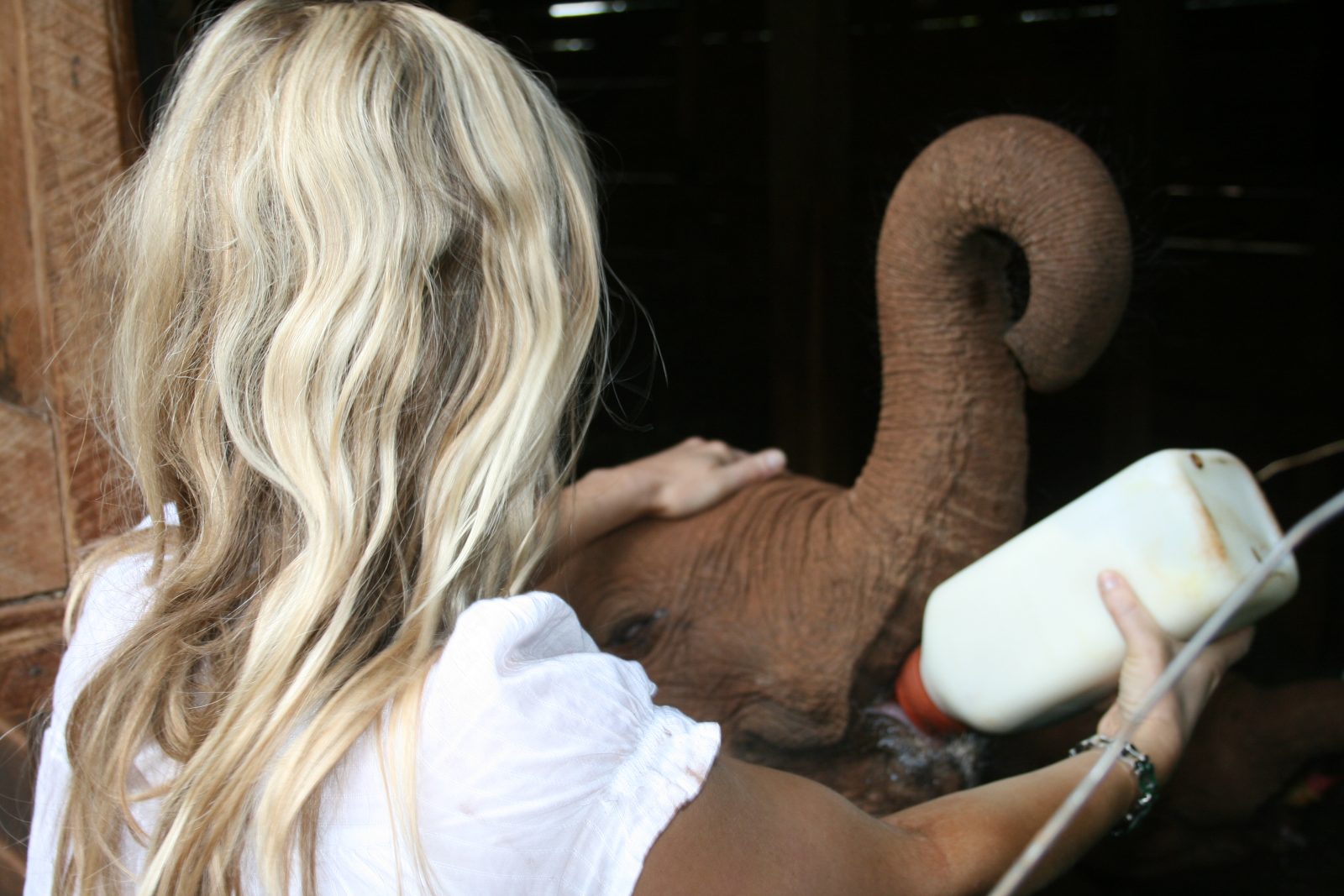
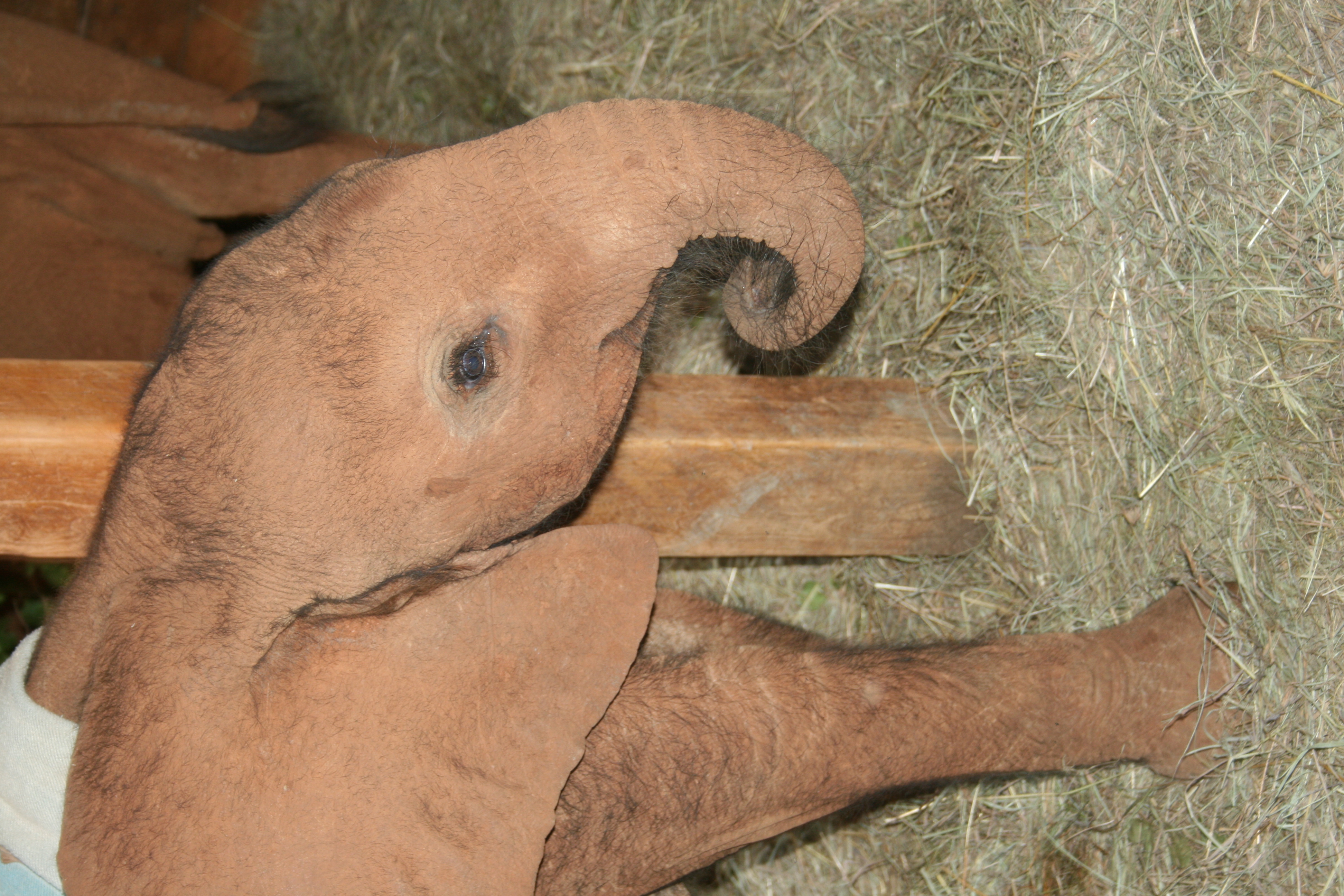
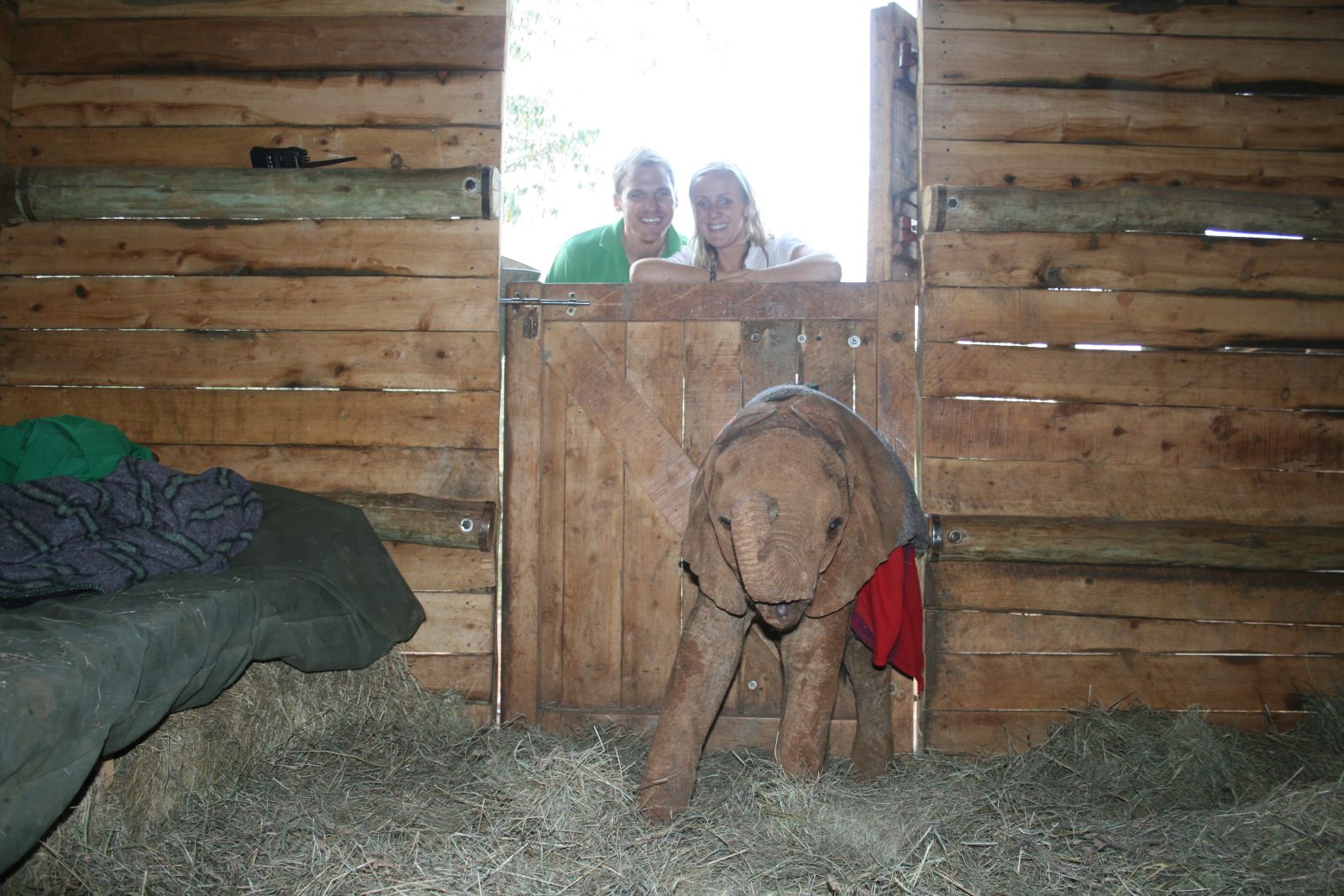
I cried when I read Dida’s story by chance, some years later.
Curious as to what happened to her, with high hopes that she’d been sent back into the wild, strong, and happy and ready to live her best life in Africa, I Googled her. Her story - The Death of Dida - appeared at the top of my search results:
https://www.sheldrickwildlifetrust.org/news/updates/the-death-of-dida
Reading this memoir to Dida, I also felt a sense of loss and sadness for the incredible humans who dedicated their lives for five years to Dida. I can’t begin to imagine how it feels to give so much love to such beautiful animals, only for them to die so young. Actually, I can, now I’m a mum of two.
The other side of this coin is of course the incredible work that the people at the Sheldrick Wildlife Trust do to save and rehabilitate so many orphaned elephants. Their commitment and devotion to the elephants and to raising the vast amounts of money required for rescue missions, medical bills, shelter, food, and I expect so much more.



A honeymoon with heart
Meeting Dida wasn’t by chance. Iain, my husband was tasked with the job of organising our honeymoon back in 2007 - no mean feat for a bloke who was about to marry a girl who worked in the travel industry.
And to make matters even more complicated, we’d just returned from a year’s backpacking trip around the world so experience-wise, he had a lot to consider if he were to succeed at his task of planning a honeymoon, somewhere new, that would go on to make a thousand more incredible memories.
I was adamant that I wanted him to take the reins - it was a risk for us both - my standards are super high when it comes to travelling and holidays. I don’t want luxury for luxury's sake, it’s all about the experience, getting under the skin of a destination, the country’s people and cultures, while at the same time having some level of comfort. Especially on our honeymoon.
And while I had some knowledge of what we were going to do - I wanted to go on safari, I’d made that very clear - I nervously left it in his questionably capable holiday-planning hands.
Some months later, on the run up to my birthday in January 2008, five months before Iain and I were to tie the knot, I received an adoption certificate in the post along with a photo of the tiniest elephant I had ever seen from the Sheldrick Wildlife Trust. Her name was Dida and she had just been rescued and brought to the trust.



Holidays for the greater good
I didn’t really put two and two together when Iain told me he had adopted a baby elephant for my birthday. I just thought it was a sweet gesture and maybe a nod to our honeymoon - a little clue as to where we might be going.
And I loved that my birthday gift was playing a tiny part in helping the animals of the country I was hoping we’d get to visit on our honeymoon.
Only when we pulled up in a taxi outside the dusty facade of the Sheldrick Wildlife Trust in Nairobi, half way through our honeymoon, did the penny drop. I was here to meet beautiful little Dida.
Meeting her was the highlight of our honeymoon because of the effort Iain had gone to to piece it all together, and without me knowing! But also being able to give back and support such an incredible cause as part of our honeymoon.
Such as with any conservation project, the impact and the difference the small entry fee makes to the Sheldrick Wildlife Trust and so many others like it throughout Africa and beyond, is paramount to their survival, and to the survival of the animals they save and rehabilitate.
If you want to get up close and personal with these beautiful animals, please consider how you do it. Riding elephants and visiting places where elephants are expected to perform is inherently cruel. The animals are beaten into submission when young and then forced to let travellers take rides on their backs and to perform confusing and sometimes painful tricks. Don’t be fooled by words such as “sanctuary,” “rescue centre,” “refuge,” and “retirement facility”. Please don’t fund these tourist attractions. Instead look for words such as ‘’trust’’ and ‘’registered charity'’.
While penning this article, I’ve donated $50 to the Sheldrick Wildlife Trust in memory of Dida, and the part she played in our incredible honeymoon.
You can adopt an elephant for as little as US$50 a year.
THE DETAILS
About the David Sheldrick Wildlife Trust
The David Sheldrick Wildlife Trust is a not-for-profit dedicated to the protection of wildlife and habitats in Kenya. Established over 40 years ago, the organisation is best known for its pioneering work in the rescue and rehabilitation of orphaned elephants and rhinos, so that they can be reintegrated back into the wild when grown. It is headquartered in Nairobi, the location of the elephant and rhino Nursery. It was founded in 1977 by Dame Daphne Sheldrick to honor her late husband, David Sheldrick. Since 2001, it has been run by their daughter, Angela Sheldrick.
Here's the link to some information on visiting the Sheldrick Wildlife Trust, entry fees and opening times:
Incorporating this experience into your holiday
If you are interested in visiting the Sheldrick Wildlife Trust as part of an African itinerary, speak to Girl About Travel Club’s dedicated travel agent Lizzi at Charitable Travel. She will be able to work with you to plan an incredible Kenyan adventure, which includes a visit to the Sheldrick Wildlife Trust.
Email Lizzie:
Give 5% of the cost of your holiday to charity when you book with Charitable Travel
When you book with our dedicated travel agent of choice and the UK's only not-for-profit travel agency you get to donate 5% of the cost of your holiday to a registered UK charity at NO extra cost to you. Charitable Travel forgo commission to enable them to give back.
Find out more about how Charitable Travel works:
Make a donation
Find out more about the Sheldrick Wildlife Trust and how to make a donation
Handy links list
Read more of my blogs and articles
CLICK HERE



